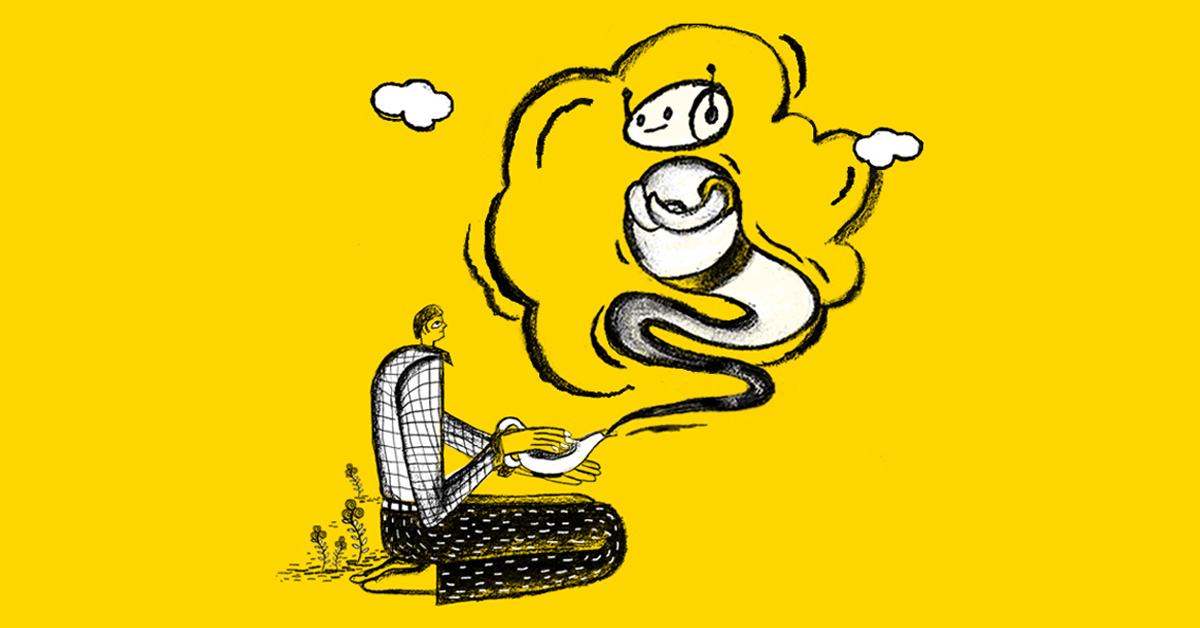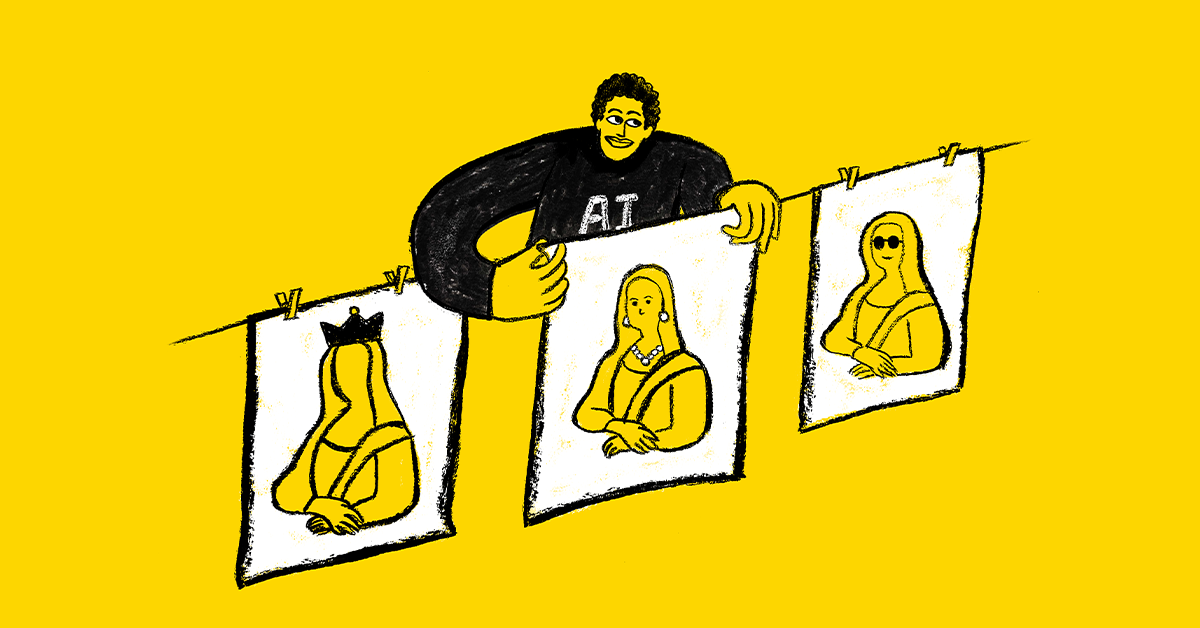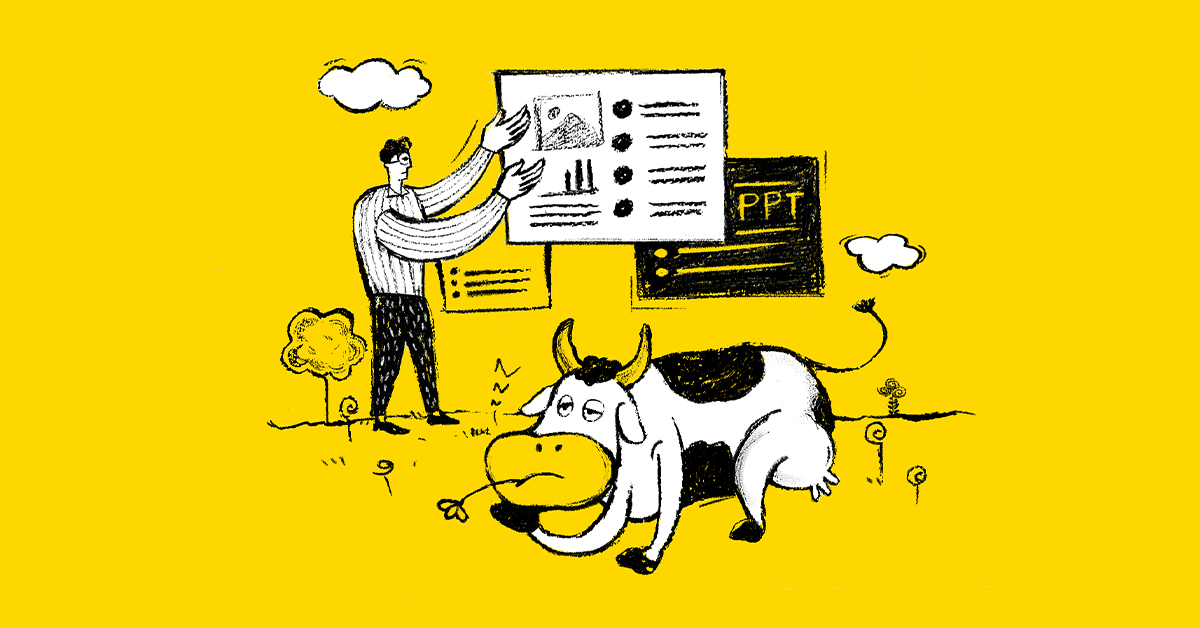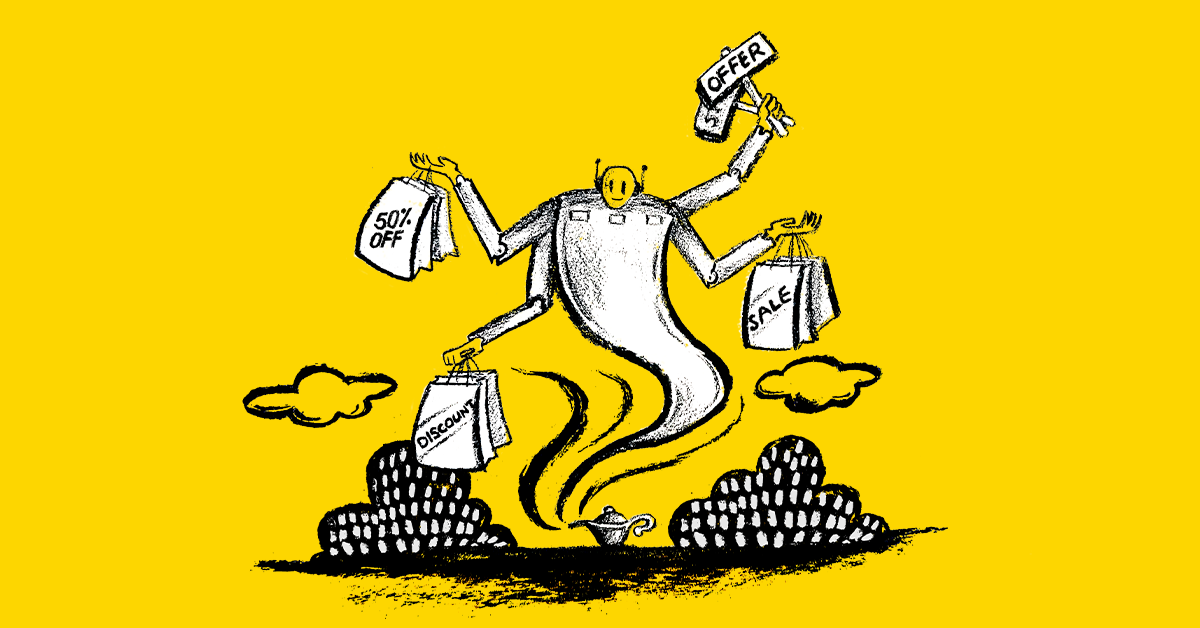1. Heinz Taps Collective Consciousness: AI Art Reveals Iconic Status
One of the most intriguing real-world examples of AI art in marketing comes from Heinz. In 2023, Heinz launched a campaign using DALL-E 2 to generate images of ketchup. They input prompts like “ketchup,” “tomato sauce,” and “red sauce” into the AI, and surprisingly, many of the generated images resembled Heinz’s iconic bottle shape.
This campaign brilliantly demonstrated how deeply ingrained the Heinz bottle shape is in our collective consciousness. It also showcased how AI can be used as a creative tool to reinforce brand identity and generate buzz. The key here wasn’t just the AI output, but how Heinz’s creative team conceptualised and executed the campaign.
2. Levi’s Pioneers Sustainable Fashion Diversity with AI Models
In 2023, Levi’s announced a partnership with AI company Lalaland.ai to create AI-generated models for their e-commerce platform. This initiative aims to showcase their products on a diverse range of body types, sizes, and skin tones, potentially reducing the need for numerous photoshoots.
Levi’s claims using AI-generated models to promote diversity is more “sustainable”
While this move sparked discussions about the role of human models in fashion, it also highlighted how AI can be used to promote inclusivity and reduce production costs. The success of this initiative will largely depend on how well Levi’s integrates these AI-generated images with their brand aesthetic and values.
3. AI in Game Design: Midjourney and “The Binding of Isaac”
Edmund McMillen, the creator of the popular game “The Binding of Isaac,” used Midjourney to generate concept art for a new character in the game’s expansion. He shared the process on Twitter, showing how he refined the AI-generated images to fit the game’s style.
This case demonstrates how game designers can use AI art tools to quickly generate ideas and concept art, which they then refine and adapt to their needs. It’s a prime example of AI augmenting, rather than replacing, human creativity.
4. The Learning Curve: Cosmopolitan’s AI Cover
In 2022, Cosmopolitan created what they claimed was the first magazine cover generated by AI (specifically, DALL-E 2). The process involved numerous iterations and refinements of prompts to achieve the desired result.
This experiment highlighted both the potential and limitations of AI art tools. While the final image was impressive, the team noted the significant effort required to craft the right prompts and select the best output. It underscored that using AI effectively is a skill that requires practice and understanding.
5. BMW’s Visionary Design: AI-Driven Concept Cars
In 2024, BMW showcased a series of concept cars designed using AI tools, including Midjourney and Stable Fusion. These AI-generated designs explored futuristic aesthetics and innovative functionalities, providing a glimpse into the future of automotive design.
BMW’s design team used AI to rapidly iterate on different design concepts, incorporating elements that would have taken weeks or months to develop manually. This process not only accelerated their design timeline but also pushed the boundaries of creativity, blending human vision with AI precision. The result was a collection of concept cars that were both avant-garde and technically feasible, demonstrating AI’s potential to revolutionise automotive design.
Conclusion: Embracing AI Responsibly
AI in creative fields offers exciting opportunities alongside significant challenges. As any other creative practice, mastering AI tools also requires the same amount of passion, dedication, practice, and a deep understanding of prompt engineering, art practices, understanding of visual language, visual storytelling, creative and art direction etc.
I am a strong believer that AI augments human creativity rather than replacing it. As we experience this shift in our work, I can personally attest to its impact. Let me be candid with you: English hasn’t been my strong suit. In my native language, Malayalam, I used to express my thoughts and creative ideas with relative ease, but when it came to doing so in English, it has always been an uphill battle for me.
Without AI tools like ChatGPT or Claude acting as my wingman, so to speak, writing an eloquent article such as this would have proved to be quite a daunting challenge, despite having the technical knowledge and years of experience that validate my claims. Today, with a little prompt engineering, I feel like a native English speaker, and I’m more confident in expressing myself.
Let me be honest – I’m not particularly skilled in the English language. I used to write literature confidently in my native language, Malayalam, but rarely in English. My vocabulary was limited, my grammar poor etc. Before AI tools like Claude and ChatGPT, and developing my prompting skills, writing an article like this would have been nearly impossible for me. This is why I believe “AI won’t take your job, but people skilled in using AI tools certainly will.”
As creatives, we must approach these tools with the same responsibility and ethical considerations we apply to any other aspect of our work. The fundamental principles of respect, honesty, and integrity in creative work remain unchanged. We must be mindful of potential biases in AI outputs, ensure proper attribution when using AI-generated content, and always prioritise the human touch in our final products.
The concept of creative ownership is evolving, requiring new frameworks for attribution and intellectual property rights. I’m confident that we will adapt and develop new frameworks for attribution and intellectual property rights.
Yes, the rapid evolution of AI tools is pushing the boundaries of creativity. And I believe, the future isn’t about AI taking over, but finding the sweet spot where human ingenuity and AI capabilities create something extraordinary. Those who master this balance will lead the creative revolution, always remembering that human perspectives and experiences remain at the heart of impactful work.










